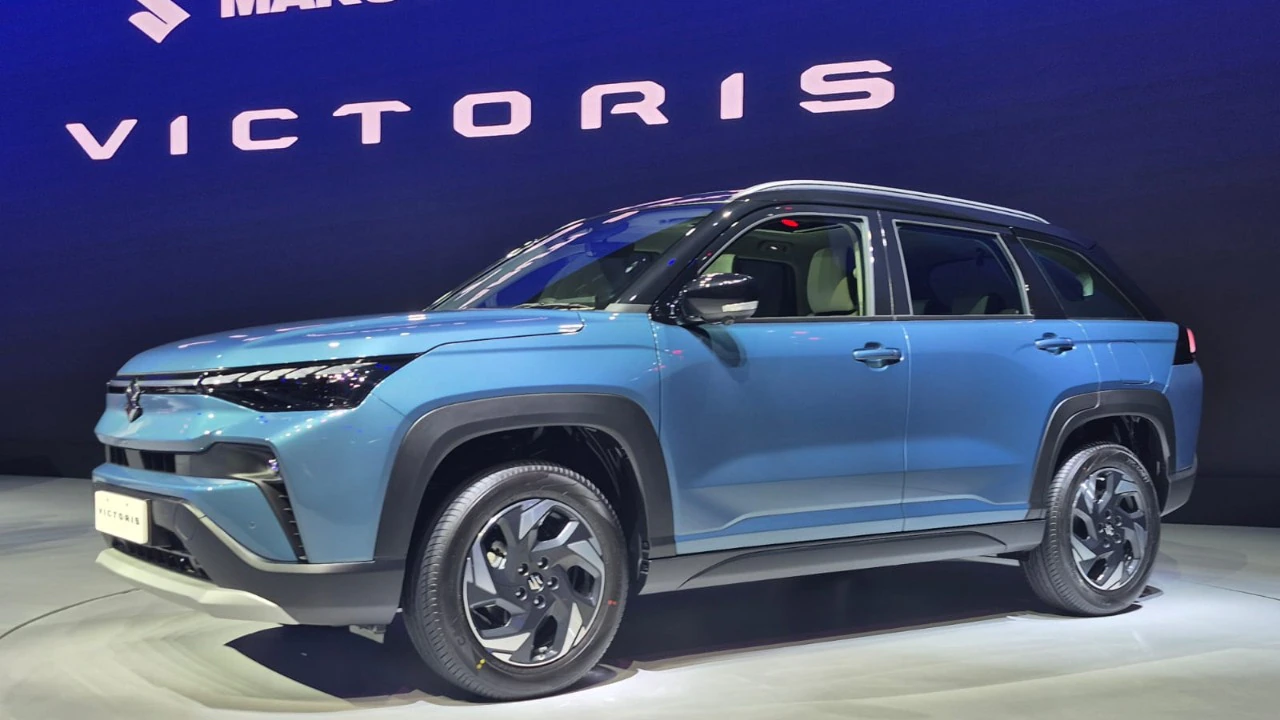
GST Council Meeting: New GST Rates – Implication from September 22nd
By [Your Name/IndiCar Editorial Team] | Effective Date: September 22, 2025
The Indian automotive landscape has undergone its most significant tax overhaul since the introduction of the Goods and Services Tax (GST) in 2017. Following the landmark 56th GST Council Meeting, the Government of India has introduced GST 2.0, a sweeping rationalisation of tax slabs effective from September 22, 2025.

The central aim is clear: simplify the tax structure, boost consumer demand, and accelerate the adoption of green mobility. For the common man, the biggest takeaway is the massive price reduction on entry-level and mass-market cars, making vehicle ownership significantly more affordable. Conversely, the tax on mid-size and luxury cars has also been streamlined, leading to marginal to substantial price benefits across the board.
I. The Auto Industry’s New Tax Structure: GST Slabs Simplified
The GST Council has replaced the complex multi-tiered structure (0%, 5%, 12%, 18%, 28%) with two primary rates (5% and 18%) and a higher rate of 40% reserved for luxury and “sin” goods. Crucially, the complicated Compensation Cess has been removed for most car segments, simplifying the final price calculation.
| Car Segment | Old Tax Rate (GST + Cess) | New GST Rate (Effective Sept 22, 2025) | Effective Change | Impact on Ex-Showroom Price |
| Small Cars (Petrol/Diesel) | $\sim 29\%-31\%$ (28% GST + $1\%-3\%$ Cess) | 18% GST (Flat) | $-11$ to $-13$ percentage points | Significant Price Reduction |
| Electric Vehicles (EVs) | $5\%$ GST | 5% GST (No Change) | No Change | Maintains High Price Advantage |
| Mid-Size & Large Cars | $\sim 43\%-48\%$ (28% GST + $15\%-20\%$ Cess) | 40% GST (Flat) | $-3$ to $-8$ percentage points | Price Reduction |
| SUVs (Premium/Large) | $\sim 50\%$ (28% GST + 22% Cess) | 40% GST (Flat) | $-10$ percentage points | Significant Price Reduction |
| Ambulances/Three-Wheelers/CVs | $28\%$ GST | 18% GST (Flat) | $-10$ percentage points | Price Reduction |
| Auto Components & Spare Parts | $28\%$ GST | 18% GST (Flat) | $-10$ percentage points | Vehicle Maintenance Gets Cheaper |
II. Segment-Wise Impact Analysis: Who Benefits the Most?
1. The Mass-Market Marvels (Hatchbacks & Compact Sedans) – Big Savings!
The biggest beneficiaries are buyers of entry-level and compact vehicles, which constitute the backbone of the Indian car market.
- Models Affected: Maruti Alto, S-Presso, Swift, WagonR, Hyundai i10 Grand Nios, Tata Tiago, etc. (and many sub-4m compact SUVs like Tata Punch, Hyundai Exter, and Maruti Brezza also qualify).
- The Benefit: The reduction from $29\%-31\%$ tax to a flat $18\%$ is expected to slash ex-showroom prices by $10\%$ to $12\%$.
- Example Impact: A small petrol car with an ex-showroom price of ₹6,00,000 previously attracted ₹1,74,000 in total taxes. Under the new rate, the tax is only ₹1,08,000, resulting in savings of ₹66,000 for the buyer.
- Industry Response: Leading automakers have already passed on price cuts, with Maruti Suzuki reporting a $70\%$ jump in small car bookings in the weeks following the announcement.
2. Luxury & Premium SUVs – A Welcome Relief
Contrary to expectations, premium SUVs, luxury sedans, and high-end models also see a tax benefit.
- The Change: While the headline rate is a high $40\%$, the key change is the removal of the crippling $22\%$ compensation cess that previously pushed the total tax as high as $50\%$.
- The Benefit: The shift to a flat $40\%$ GST is a saving of up to $10$ percentage points for large SUVs (e.g., Mahindra Scorpio-N, Tata Harrier, premium models from Mercedes-Benz, BMW). This simplification is expected to boost demand in the premium segment.
3. Electric Vehicles (EVs) – Unbeatable Tax Advantage
The government has reaffirmed its commitment to green mobility by maintaining the concessional GST rate of $5\%$ for all electric vehicles.
- Enhanced Advantage: With small ICE cars now at $18\%$ GST, the price gap between an entry-level EV and a petrol/diesel car has widened dramatically, giving EVs a massive $13$ percentage point tax advantage.
- The Catch (Inverted Duty): Despite the low rate on the car, the industry still faces a challenge: battery charging/swapping services and standalone lithium-ion batteries continue to attract $18\%$ GST. Industry experts are urging the government to rationalise these rates to $5\%$ to truly unlock the potential of the EV ecosystem and affordable Battery-as-a-Service (BaaS) models.
III. Beyond the Showroom: Other Financial Benefits
The GST rate reduction creates a positive domino effect for car buyers:
- Lower Road Tax: Since the Road Tax calculation in most states is based on the ex-showroom price (which is now lower due to the GST cut), the final on-road price sees a further reduction.
- Cheaper Insurance: Your car insurance premium is calculated on the Insured Declared Value (IDV) of the vehicle, which is directly tied to the ex-showroom price. A lower car price means a lower IDV, resulting in a reduced Own Damage (OD) premium.
- Affordable Maintenance: The reduction of GST on all Auto Components and Spare Parts from $28\%$ to $18\%$ makes regular servicing and replacement parts significantly more affordable.
Key Takeaway for IndiCar Buyers
The GST 2.0 reforms are a game-changer, timed perfectly to coincide with the festive season. If you are a first-time buyer, a middle-class family looking for an affordable second car, or planning to upgrade to a large SUV, now is arguably the best time to purchase a vehicle, thanks to the biggest price reset in years.




